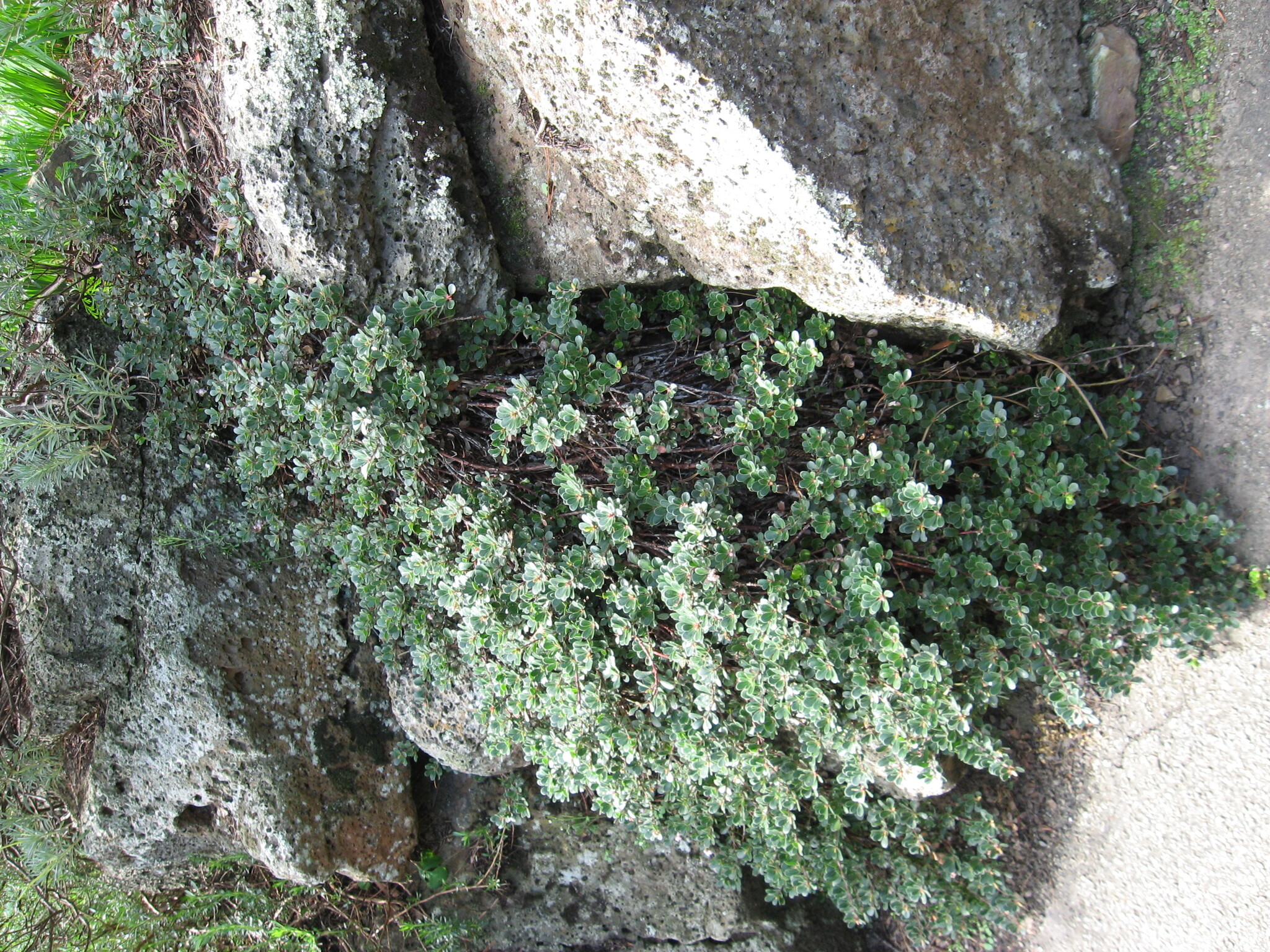
Greek arktos—bear, staphule—grape; it is said that bears eat the fruit.
Evergreen prostrate shrubs or small trees. Branches often crooked with reddish-brown smooth to rough bark. Leaves alternate, simple, leathery, generally stalked. Flowers hanging, white to pink in terminal clusters. Sepals 4-5, petals fuse, more or less urn-shaped; stamens 10; anthers awned and opening by terminal pores. Ovary superior with 4-10 chambers with 1 ovule in each. Fruit berry-like reddish brown.
Several species, hybrids and cultivars are available from specialist nurseries and as many are from the warm, dry regions of California, they are well suited to our climate. However, since at present the stock available in nurseries is temporary, the species are not described in detail.
Among those listed are:
A. columbiana Piper, an erect shrub with white-hairy branchlets and white flowers; A. hookeri G. Don; A. uva-ursi (L.) Spreng., Common Bearberry (hybrids involving A. uva-ursi are available and called A. ×media E. Greene) and A. densiflora M.S. Baker, both low, spreading shrubs, the latter having a cultivar 'Howard McMinn' that forms a dense mound; and A. manzanita Parry and A. stanfordiana Parry, both with attractive brown bark.
Layers, division, cuttings or seed.
Fruit are edible and, when ground, are eaten as a meal or used in drinks. The leaves of A. uva-ursi are used in tanning and in making a tea.
Stamen anthers with 2 bent awns; fruit berry-like with 1 seed in each chamber (often of 4-10 fused nutlets).
About 66 species from NW to C America (many Californian), 2 species circumpolar.
Source: (1997). Ericaceae. In: . Horticultural Flora of South-eastern Australia. Volume 2. Flowering plants. Dicotyledons. Part 1. The identification of garden and cultivated plants. University of New South Wales Press.
